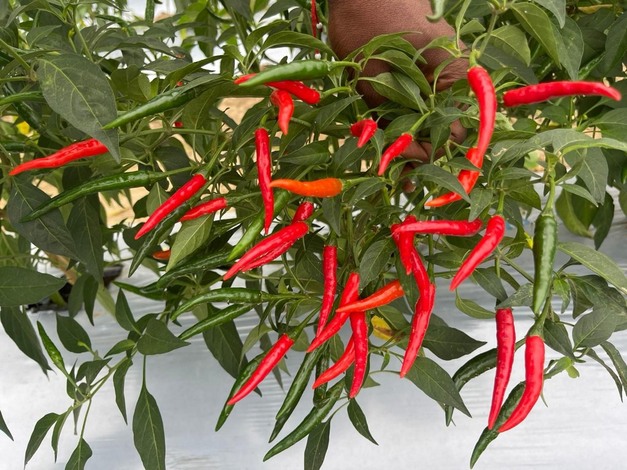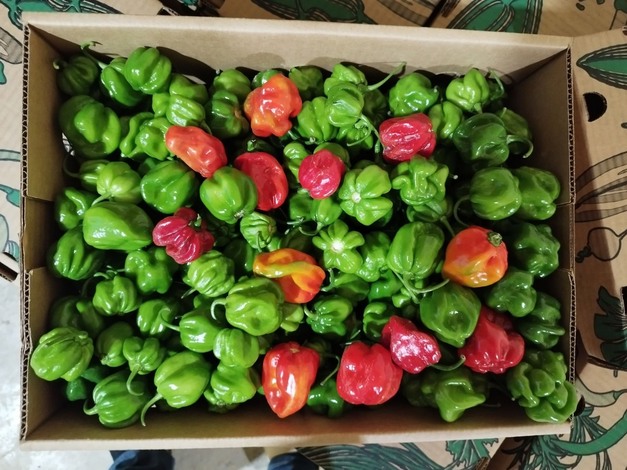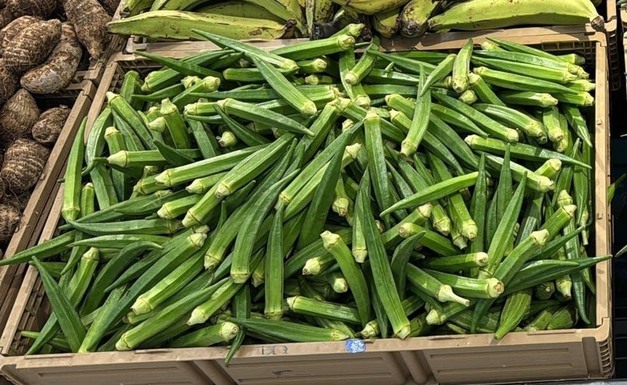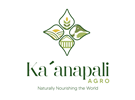In recent years, chili peppers, such as habanero and Thai chili, have emerged as key products in the Dominican Republic's agricultural exports, especially during the US winter season. These crops, characterized by their high demand and short shelf life, allow supply when local US markets cannot supply them.
Randolph Guerra, president of KPL Agro, shares details about the boom in this sector and the challenges they face. "We have doubled the volume of exports compared to last year thanks to the experience we gained and the Global GAP certification, which has opened new doors for us," he stated. "We currently ship between 10,000 and 15,000 pounds of chili peppers a week, mainly to the US and Canadian markets, where quality and consistency are essential."

The impact of climate change has been one of the biggest challenges for agricultural production. The constant rains in recent months have significantly affected production, Guerra emphasized. In addition, labor shortages, aggravated by migratory restrictions on Haitian workers, have complicated harvests. "Just today we were unable to complete the harvest due to a lack of personnel, a problem that has intensified with recent government policies," he adds.
In terms of logistics, KPL Agro has opted for air transport to guarantee the freshness of the produce. According to Guerra, "This strategy allows the peppers to reach their destination within a day, avoiding the risks associated with maritime transport. However, cost remains a limiting factor, leading producers to seek a balance between price and quality."
According to Randolph Guerra, the main competitors in the international hot pepper market are: Mexico due to its geographical proximity to the United States, its year-round production capacity, and its consolidated presence in the US market. Vietnam and other Asian countries export similar chili peppers, especially Thai chili. The Netherlands, which produces peppers and chili peppers in highly technical greenhouses, mainly supplying the European and Canadian markets. And the United States when weather conditions permit cultivation.

US chili pepper production has experienced a notable decrease in recent years, creating opportunities for exporters such as the Dominican Republic. "Labor in the United States is becoming less accessible, and urban growth in South Florida has eliminated many plantations that used to produce these types of products," Guerra explained. "This situation has generated periods of scarcity, increasing the dependence on markets such as the Dominican Republic to supply fresh produce, especially in winter."
The chili pepper market is also facing price fluctuations. "Currently, in the United States, mixed habanero peppers sell for 30 to 34 dollars per wholesale box, while Thai chili reaches prices of up to 40 dollars. These figures vary according to the port of entry, volume, and the commercial relationship between producer and client," Guerra stated.
Projections for exporting chili peppers to Europe show a growing interest in expanding this market, albeit with significant challenges. "We've already sent habanero peppers to Spain. However, the first attempt was not entirely successful due to local competition, especially in Almeria, where the European product had a more competitive price," Guerra added.

Despite this setback, Guerra points out that participation in international fairs such as the upcoming one in Berlin is important to establish new business relationships and explore opportunities in broader European markets under their new KLP Agro trademark.
"We have adopted sustainable practices, such as the use of solar-powered drip irrigation systems to maintain a competitive advantage. In addition, we have focused on diversifying our offer, exploring products such as okra," he stated.
KPL Agro will be present at the Fruit Logistica fair in Berlin. You can find them in Hall 25, Stand B61.
 For more information:
For more information:
Randolph Guerra, president
KPL Agro
Tel.: +1 608-239-9316
Email: rguerra@kplagro.com
www.kplagro.com
